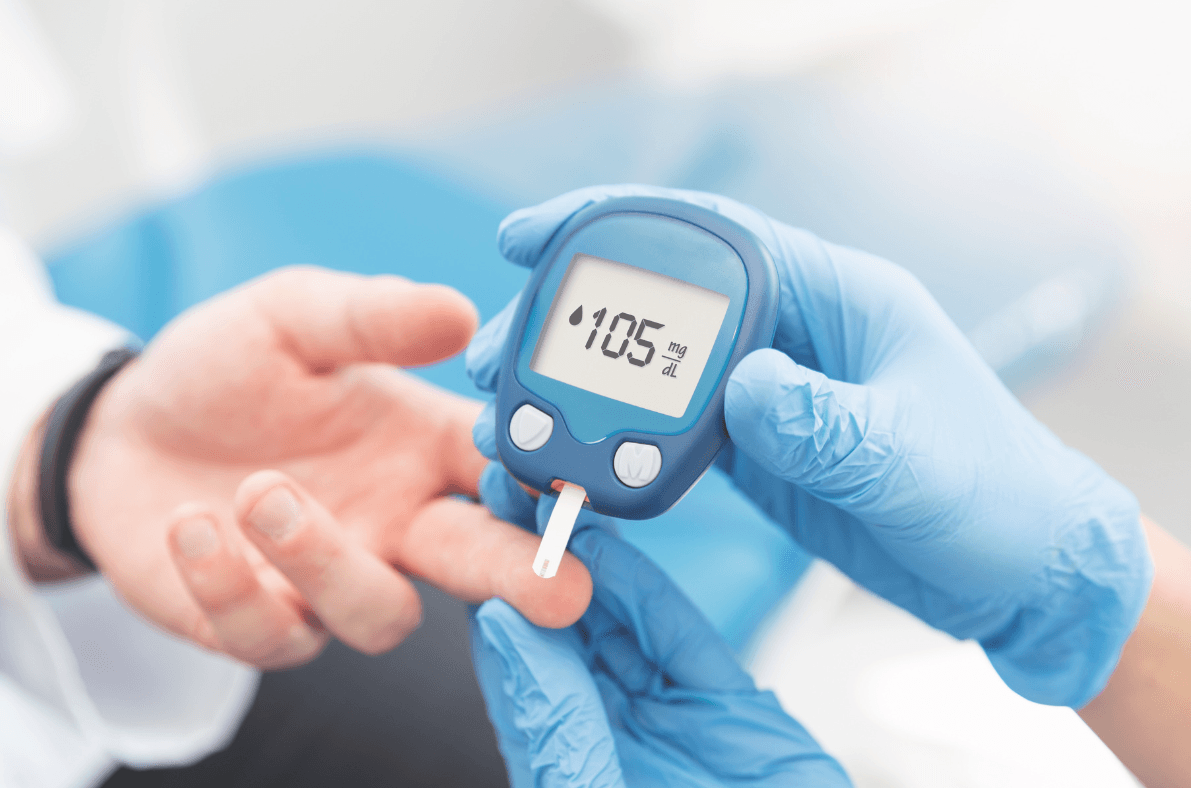Noticed a recent change in your skin, or need help managing an existing skin condition? You may need to see a skin specialist. Most of the time changes in your skin are nothing to worry about, simply natural changes that are manageable with no or light intervention on your behalf. But other times problems with your skin can be quite serious, leading to more problems both on the surface and inside your body. Looking after your skin is just as important as the rest of your body, so it should be treated with respect and care.
Read on to find out more about what a skin specialist can do for you, and whether you should go see one.
Skin Specialists
Skin specialists, also known as dermatologists, are doctors who diagnose, treat and manage children and adults with skin conditions and diseases. They also deal with issues with nails and hair, but for this article, we’ll be focusing more on how they use their skills and qualifications to treat skin complaints. Skin issues are very common, with around 24% of the UK population visiting their GP with a skin disease each year. Most dermatologists are also skin surgeons, able to offer treatment with issues such as skin cancer.
Issues That Need a Dermatologist Referral to a Skin Specialist
There are over 2000 dermatological diagnoses that are to do with the skin, so here is a selection of common issues that you may be facing.
Skin Cancer
Skin cancer is one of the most common cancers in the world and refers to a group of cancers that develop in the upper layers of the skin. It can come in two forms, non-melanoma skin cancer and melanoma. Non-melanoma skin cancer is much more common than melanoma, which is usually a more serious issue. Here’s a bit more information about both types:
Non-melanoma cancer
Non-melanoma cancer often develops on areas of skin that are regularly exposed to the sun, such as the face, hands, shoulders, chest and ears. It usually develops in the outermost layer of skin, the epidermis. The first sign of this type of cancer is usually a lump or discoloured patch of skin. It usually is made up of cancerous lumps and patches, which manifest as being red and firm or flat and scaly respectively.
Causes of non-melanoma skin cancer include overexposure to UV light, a previous history of cancer, pale skin, a large number of moles or freckles and taking immunosuppressive medicine. You can help prevent chances of developing it by using sunscreen, avoiding sunbeds and limiting the amount of time you spend in the sun. Skin cancer usually does not spread to other parts of your body, but can cause considerable skin damage.
You should see a skin specialist if you have any skin abnormality that has not healed within 4 weeks of you first observing it. They will examine your skin and may do a biopsy. Surgery is the main treatment for non-melanoma skin cancer but it can also be treated with cryotherapy, radiotherapy and anti-cancer creams.
Melanoma
Melanoma is the other type of skin cancer, which is more likely to spread to other organs in your body. You should be on the lookout for the appearance of a new mole or a shift in an existing one such as a change in size, shape or colour. There are a few types of melanoma, but they are commonly irregular in shape and have more than one colour. They can quickly grow downwards, which will then let them spread to other areas of your body.
Melanoma is caused by exposure to UV light, family history, pale skin, red or blonde hair and lots of freckles or moles. It can be prevented by avoiding getting sunburnt, wearing sunscreen, avoiding sunbeds and regularly checking your skin. You should see a skin specialist if you notice any change to your moles, so they can take a biopsy. Melanoma is mostly treated through surgery if caught early, and medicines such as BRAF inhibitors to reduce symptoms if not.
Eczema
Eczema is a skin condition that causes it to become itchy, dry and cracked. It can affect any part of your body but is most common on the hands, knees, elbows, face and scalp. You should seek a skin specialist's help when you have visibly irritated red skin, a history of skin problems in the same areas, dry skin or a history of asthma or hay fever.
Common causes are suffering from asthma, hay fever, food allergies or other allergens such as soaps, stress and the weather. It can be treated by self-care techniques, moisturising treatments or topical corticosteroids that reduce swelling and itching.
Psoriasis
Psoriasis is a skin disease that causes red and itchy patches on the knees, elbows and scalp. It’s a long-term chronic disease with no cure that flares up every once in a while before going into remission again. Symptoms include red patches of skin covered in scales, dry skin that may bleed or itch, thickened nails and swollen joints.
You should see a doctor if you suspect you have any of the above symptoms and they cause you discomfort, pain, become widespread or lead to joint problems. Psoriasis is triggered by environmental factors such as stress, weather, injuries, infections, smoking, drinking or taking certain medications. It can also occur if you have a family history of the condition.
Wounds
If you have a wound that doesn’t seem to be healing after weeks or months, you should go see a skin specialist. A non-healing wound can allow diseases to enter your body more easily and could also be a sign of tissue death or cancer.
Mouth Ulcers
Sores or ulcers in your mouth that come back repeatedly could be a sign of an issue with your digestive tract. If your mouth ulcers keep coming back, grow bigger or start bleeding it is time to visit a skin specialist or a dentist for treatment.
Itchy Eyes
If you have red or itchy eyes, this could be a sign you have conjunctivitis. This is an inflammation of the membrane that lines your eyelid and covers the white part of the eyeball. Symptoms include redness, itchiness, gritty feeling or discharge from your eye that forms a crust. While many probably assume pink eye is an eye-related issue, it is actually a dermatological issue as it affects the delicate tissues around the eyes.
It is commonly caused by an allergic reaction or a viral or bacterial infection. You should see a doctor if you have eye pain, blurred vision or light sensitivity.
Acne
You may need a skin specialist if your acne is quite severe. A dermatologist can help you treat the condition by helping you devise a skin care plan and offer treatments such as medication, lasers, chemical peels or the removal of large cysts. There are six main types of spots caused by acne: blackheads, whiteheads, papules, pustules, nodules and cysts. Visiting a skin specialist can help you to diagnose exactly what types of spots you have.
Self-help tips
To help deal with or prevent acne you should wash the affected area with a bar of mild soap and lukewarm water, do not try to squeeze spots as this can lead to permanent scarring and try to eat better. You should also not wash the affected area too much as this can irritate the skin and avoid wearing too many oily products on your face.
Suspicious Moles
As mentioned in the skin cancer section, you should be on the lookout for suspicious moles that have either appeared suddenly or changed shape. They can be an early sign of melanoma, skin cancer or other problems. Skin specialists can help diagnose moles or offer cosmetic treatment to remove non-cancerous moles.
Anything That Doesn’t Fade
Overall any skin issue that doesn’t fade over time should be looked at, as it will probably be an issue that could lead to more serious consequences. Even if nothing is wrong, seeking treatment as a preventative measure is always a good idea.
Find A Dermatologist Near Me With NHS GP
If you need help or treatment in the North West London area, get in touch today with NHS GP. Our dermatology specialist Dr Shazie Saddiqi offers daily consultations and sessions at our four clinics in Alperton, Queen’s Park, Wembley and Willesden.
Concerned about coming into a clinic due to COVID-19, or simply don’t have the time to make it in? Don’t worry about it, as we offer online help and treatment without you needing to come into the clinic, assessing your skin condition and matching you with a professional dermatologist to assist you. We also have a great system where you can upload a photo of your symptoms, and Dr Siddiqi will get back to you as soon as possible to talk through what she suspects your problem is.
If you want to find out more about what NHS GP can offer you, check out our website now for information about all the services we offer, and find the phone numbers and contact details of all 4 GP surgeries











